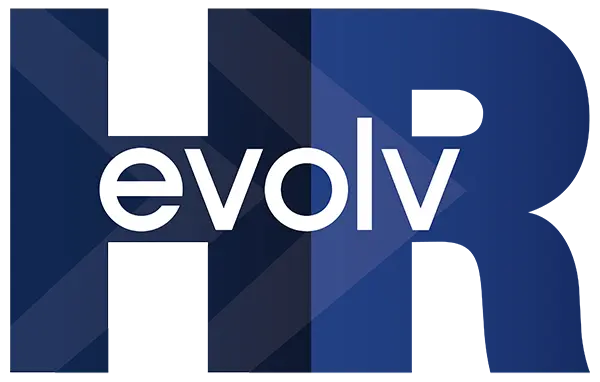Tackling Burnout: A Leader’s Guide to Employee Retention
In the evolving landscape of workforce management, burnout has emerged as a critical challenge. With over 76% of employees citing workplace stress as a major issue, and many leaders themselves facing similar pressures, the need for immediate action has never been greater. This guide explores effective strategies to reduce burnout, retain top talent, and foster a culture of engagement and support.
Understanding the Burnout Epidemic
Burnout is not just a buzzword; it’s a measurable phenomenon affecting productivity, morale, and overall job satisfaction. According to recent studies, employees who feel burnt out are 2.6 times more likely to leave their jobs. What’s more, the impact of burnout extends beyond the individual—organizations bear the brunt through increased turnover costs, reduced efficiency, and weakened team cohesion.
Key drivers of burnout include:
- Lack of control: Employees crave autonomy in their roles but often feel micromanaged or constrained by rigid policies.
- Unclear expectations: Ambiguity in roles and responsibilities creates stress and disengagement.
- Workplace dynamics: Dysfunctional teams and poor leadership exacerbate feelings of frustration and exhaustion.
- Lack of support: Employees need both emotional and logistical support to thrive.
The Leadership Connection
Leadership plays an outsized role in mitigating or exacerbating burnout. Effective leaders foster psychological safety, establish clear communication channels, and model healthy work-life balance. On the flip side, ineffective leadership, marked by micromanagement or lack of empathy, can accelerate employee dissatisfaction.
McKinsey’s research highlights that "relationships with management" are among the top determinants of an employee’s job satisfaction and overall well-being. This underscores the importance of equipping leaders with the tools and training to address burnout head-on.
Strategies to Reduce Burnout and Boost Retention
1. Revamp Onboarding Practices
First impressions matter. Effective onboarding can accelerate new hires’ time-to-productivity by 50%. For leaders and team members alike, a structured onboarding process sets the tone for transparency and collaboration. Consider integrating HR technology to streamline administrative tasks, allowing HR teams to focus on personalized orientation.
2. Empower Employees Through Autonomy
Autonomy is a key antidote to burnout. Flexible scheduling, remote work options, and Earned Wage Access (EWA) programs can give employees greater control over their time and finances. By addressing cash flow mismatches and scheduling stressors, companies create a more accommodating environment that fosters loyalty.
3. Invest in Career Development
Employees thrive when they see clear paths for growth. Career management software can map individual goals to organizational objectives, ensuring alignment and sustained motivation. Provide opportunities for reskilling and upskilling to address skill gaps and meet future business needs.
4. Enhance Benefits Communication
The value of benefits often goes unnoticed when communication is lacking. Transparent dialogues about benefits packages, financial wellness programs, and mental health support can help employees feel valued and cared for. Use HR technology to provide personalized decision-support tools that simplify the process of selecting benefits.
5. Train Leaders to Inspire and Motivate
Leadership training should focus on fostering empathy, building trust, and creating a culture of recognition. Employees perform better when they feel their efforts are acknowledged and valued. Regular feedback, coaching, and mentoring can significantly improve team dynamics.
Leveraging HR Technology for Sustainable Change
Modern challenges require modern solutions. HR technology is pivotal in addressing burnout by:
- Automating repetitive tasks, freeing up HR professionals to focus on strategic initiatives.
- Offering real-time sentiment analysis to gauge employee morale and identify potential issues early.
- Supporting flexible scheduling and financial wellness programs.
- Enabling continuous feedback and career development tracking.
By integrating these tools, organizations can enhance employee experiences, reduce administrative burdens, and make data-driven decisions to retain top talent.
Case Studies: Success Stories in Employee Retention
Several forward-thinking companies have successfully tackled burnout and retention challenges through innovative approaches:
- TechCorp: By introducing EWA and flexible work policies, TechCorp reduced turnover by 20% and increased employee satisfaction scores by 15% within a year.
- HealthPlus: A mid-sized healthcare organization invested in leadership development programs and reported a 25% drop in voluntary resignations.
- GreenSolutions: This environmental consultancy tied learning and development programs directly to performance reviews, boosting engagement and creating a culture of lifelong learning.
Measuring Success
Retention strategies must be measurable to ensure effectiveness. Key metrics include:
- Turnover rates: Track voluntary and involuntary departures.
- Employee engagement scores: Regular surveys can reveal shifts in morale.
- Performance metrics: Monitor productivity trends to identify areas of improvement.
- Utilization of benefits and wellness programs: High participation rates indicate alignment with employee needs.
The Call to Action
Reducing burnout is not just about retaining employees; it’s about creating a resilient, thriving workforce that drives organizational success. Leaders must take a proactive approach by implementing the strategies outlined in this guide. From revamping onboarding to leveraging HR technology, each step brings your team closer to a supportive and engaging work environment.
As a leader, you have the power to make a difference. Start today—evaluate your current practices, seek feedback from your team, and embrace the tools and strategies that foster long-term success.
Don’t let burnout define your workplace. Redefine it with clarity, empathy, and innovation.
Ready to Transform Your Human Resources Operations?
Encourage leaders and HR professionals to assess their current workplace practices, implement strategies to reduce burnout, and adopt innovative HR technologies to retain top talent.
Contact EvolvHR today to learn how we can help you implement these strategies and build a stronger, more resilient organization.
